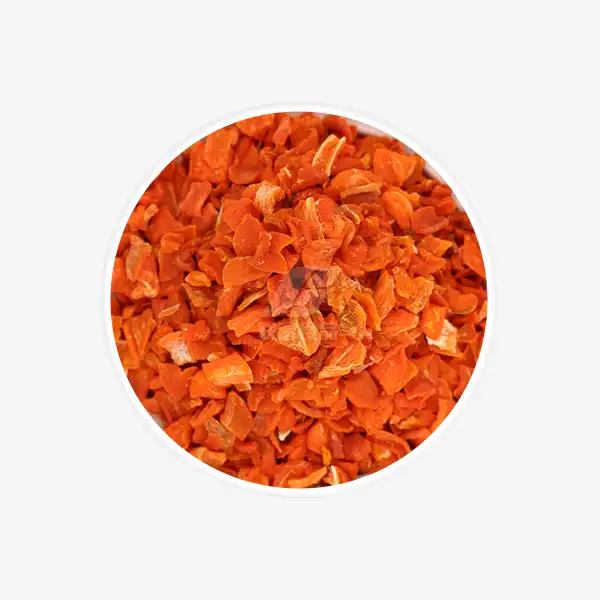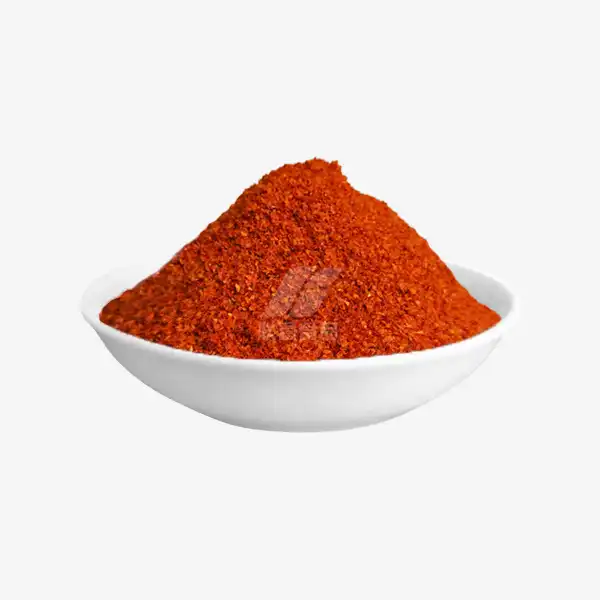Is there light and dark cocoa powder?
Cocoa powder is a staple ingredient for many bakers and chocolate lovers. But did you know there are actually different types of cocoa powder? The two main varieties are light (natural) cocoa powder and dark (Dutch-processed) cocoa powder. While they may look similar, these two forms of cocoa powder have distinct characteristics that affect their flavor, color, and use in recipes. In this article, we'll explore the key differences between light and dark cocoa powder and when to use each type in your baking.
Differences between dark and light cocoa powder
The main difference between light and dark cocoa powder comes down to how they are processed:
Light cocoa powder (also called natural cocoa powder) is made by roasting cocoa beans, removing the cocoa butter, and grinding the remaining solids into a fine powder. It has a light brown color and a slightly acidic, bitter flavor.
Dark cocoa powder (also called Dutch-process cocoa) undergoes an additional step where the cocoa beans or powder are treated with an alkaline solution to neutralize the acidity. This results in a darker brown or reddish-brown color and a mellower, less bitter flavor.
Some key differences between light and dark cocoa powder include:
- Color: Light cocoa powder has a lighter brown hue, while dark cocoa powder is deeper brown or reddish-brown.
- Flavor: Light cocoa powder is more acidic and bitter, while dark cocoa powder has a smoother, less intense flavor.
- pH level: Light cocoa powder is acidic (pH around 5.5), while dark cocoa powder is neutral (pH around 7).
- Solubility: Dark cocoa powder dissolves more easily in liquids.
- Leavening reactions: Light cocoa powder reacts with baking soda, while dark cocoa powder does not.
These differences affect how each type of cocoa powder behaves in recipes and impacts the final product. Understanding when to use light vs dark cocoa powder is key for achieving the best results in your baking.
When to use dark cocoa powder in baking?
Dark cocoa powder has some unique properties that make it ideal for certain baking applications:
- Rich chocolate flavor: The alkalization process enhances the chocolate flavor, making dark cocoa powder great for recipes where you want a deep, intense chocolate taste. It works well in brownies, chocolate cakes, and chocolate cookies.
- Dark color: The deeper brown hue of dark cocoa powder gives baked goods a darker, more dramatic appearance. It's ideal for creating black or very dark chocolate desserts.
- Smoother texture: Dark cocoa powder dissolves more easily in liquids, which can result in a smoother texture in batters and doughs.
- Non-reactive: Since dark cocoa powder is neutral, it won't react with baking soda. This makes it suitable for recipes that rely on baking powder as the leavening agent.
Some popular recipes that often call for dark cocoa powder include:
- Devil's food cake
- Black cocoa cookies
- Dark chocolate ice cream
- Chocolate ganache
- Hot chocolate
When substituting dark cocoa powder for light cocoa powder, keep in mind that you may need to adjust leavening agents. Since dark cocoa powder doesn't react with baking soda, you may need to add some baking powder to achieve proper rise.
Is dark cocoa powder healthier than light?
When it comes to health benefits, both light and dark cocoa powder offer nutritional advantages. However, there are some differences to consider:
- Antioxidants: Cocoa powder is rich in flavonoids, which are powerful antioxidants. Some studies suggest that the alkalization process used to make dark cocoa powder may reduce the flavonoid content. This means light cocoa powder may retain more of its natural antioxidants.
- Mineral content: The alkalization process can affect mineral content. Dark cocoa powder typically has higher levels of certain minerals like calcium and magnesium, while light cocoa powder may retain more iron and zinc.
- Acidity: For individuals with acid reflux or sensitive stomachs, the lower acidity of dark cocoa powder may be easier to tolerate.
- Caffeine: Light cocoa powder generally contains slightly more caffeine than dark cocoa powder.
Overall, both types of cocoa powder can be part of a healthy diet when consumed in moderation. The health differences between the two are relatively minor, and the choice often comes down to personal preference and the specific recipe requirements. It's worth noting that the health benefits of cocoa powder can be negated if consumed in recipes high in sugar and fat. To maximize the nutritional benefits, look for ways to incorporate cocoa powder into healthier recipes or enjoy it in moderation as part of a balanced diet.
Conclusion
Understanding the differences between light and dark cocoa powder can help you achieve better results in your baking and cooking. While light cocoa powder offers a brighter flavor and reacts well with baking soda, dark cocoa powder provides a richer taste and darker color. Both types have their place in the kitchen and can be used to create delicious chocolate treats.
Whether you're whipping up a batch of cookies, baking a decadent cake, or simply stirring up a mug of hot chocolate, choosing the right cocoa powder can elevate your creation. Experiment with both types to discover your preferences and perfect your chocolate recipes.
For high-quality cocoa powder and other food ingredients, feel free to reach out to us at qingzhengliu@jslianfu.com. Our team at Xinghua Lianfu Food Co., Ltd. is dedicated to providing top-notch products for all your culinary needs.
References
1. Miller, K. B., et al. (2008). Impact of alkalization on the antioxidant and flavanol content of commercial cocoa powders. Journal of Agricultural and Food Chemistry, 56(18), 8527-8533.
2. Gu, L., et al. (2006). Procyanidin and catechin contents and antioxidant capacity of cocoa and chocolate products. Journal of Agricultural and Food Chemistry, 54(11), 4057-4061.
3. Andres-Lacueva, C., et al. (2008). Flavanol and flavonol contents of cocoa powder products: influence of the manufacturing process. Journal of Agricultural and Food Chemistry, 56(9), 3111-3117.
4. Payne, M. J., et al. (2010). Impact of fermentation, drying, roasting, and Dutch processing on epicatechin and catechin content of cacao beans and cocoa ingredients. Journal of Agricultural and Food Chemistry, 58(19), 10518-10527.
5. Lipp, M., & Anklam, E. (1998). Review of cocoa butter and alternative fats for use in chocolate—Part A. Compositional data. Food Chemistry, 62(1), 73-97.

_1729843393550.webp)









